Pain moved into my body five years ago. It wasn’t the whack of an anvil or the burn of a scraped knee. This pain sat warmly on the surface of my hands, and reached up to my elbows like evil pink evening gloves. It was a sort of swimming cap clenched on my head with blue plastic flowers at the base of the neck, and a nauseating blur in the eyes. At other times the pain was a cold ache at the knuckles, with a frazzle in the stomach and a steady and oblong ache from hip to hip across the pelvis. It was a rigid curled twang in the toes like the talons of a predatory bird.
How long had it been there? I had noticed, driving home from my teaching job at a public college in a small Georgia town, that my hands hurt when I gripped the steering wheel. I decided to try to grip things more lightly.
But the ache spread.
Maybe it was stress, I reasoned. Life had exploded in the past few years: a divorce, then single motherhood, and a mysterious infection. As the wreckage began to settle, I seemed to be left with a glowing skeleton. I got up one fall morning, swung my legs out of bed, and thought, Oh, the skeleton did not like that.
Lying in bed at night, I felt my skeleton pulsing. I shifted under the sheet and struggled to fold my tangle of bones together. I was a silverware drawer in a mess, a tangled wind chime. I wedged extra pillows between my knees. Advil barely helped at all. It was stress. It was tension. I took a yoga class. I was getting old.
But nobody gets old within three months. I was so angry at every limb, the way each joint refused to do my bidding.
I didn’t know then that I had become a lava lamp of curling invisible storm clouds, filled with a surge of mute motion that might be its own kind of fierce beauty.
I waited a few months and took more Advil. Maybe it was a bad flu or work stress. I still remember the moment, sitting in my car, when I realized things were seriously wrong. The pain broke through whatever container I had built for it. It was bigger. I remember taking out my cell phone and calling the doctor, saying I needed to talk to her about something. It was overcast.
I drove to her office near the Chinese-Mexican buffet. She drew vials of blood and saw that there were weird things on the test results. She sent me two blocks down the road to a nurse practitioner near the Big Lots who prodded my joints and explained to me that my body was engaged in a new form of self-sabotage.
I knew self-sabotage, but apparently this wasn’t about apologizing too much, or dating unreliable men, or trying to be perfect. This was actual physical erosion. I had two autoimmune diseases. I was devouring myself.
The joint pain came from rheumatoid disease; my immune system saw my joints as the enemy, for reasons no one really understands.
She stood up after the physical exam so I could put on my clothes. I thought of my mother’s curling, swollen fingers and bouts of pain. I remembered my aunt’s crumpled, twisted frame. I could have those bodies in the future, but the threat of deformity scared me less than the pain itself, this hooded cape that had descended, heavy like wet wool.
I was thirty-eight. I had a five-year-old son who liked to take a running start and catapult himself onto me, all soft limbs and flying hair and giggles, and nestle in and climb and wrestle.
Instead of reaching out to embrace him, I found myself stiffening against contact and wincing. “No, don’t hurt Mommy.”
I was the bitchy patient, crying after each doctor’s appointment, crying with fear when they told me they didn’t know what next. I was desperate to be the woman I’d been before. I wanted to claw my way back to the body I knew.
Instead, I was a slave to the sky. I noticed that an impending storm could knock me flat. The barometric pressure shifts, and the Georgia humidity, echoed a pressure inside me. I could feel the swelling in each pocket of synovial fluid. I couldn’t think or will myself through it.
One stormy day I dropped my son off at daycare and called in sick. I cancelled conversations and meetings with my students.
Lying in bed, a day destroyed, I couldn’t even do sickness the way I had enjoyed in the past. I couldn’t read. The words swam in front of my eyes. I downloaded podcasts and flipped through them listlessly. The only ones that helped were on Buddhism, talking about the illusion of concrete experience: What you think is bad might not be bad. When you reject something, that causes more pain than the negative experience itself.
I was so whacked out with pain that things seemed beautiful, seemed to shine. Every moment I was grateful I was still breathing. I was grateful that I could fall asleep. I was grateful when the rain broke over my rental house and in the cool air I could get up and move a little easier.
Pain is a cloud, a mist. Pain is like the weather itself. Though the wind and the fronts are invisible, it can flatten a landscape.
The nurse practitioner put me on a drug that used to be used for chemo, strong enough to suppress my immune system. I wanted that. I wanted to do battle with myself. But the pain continued.
She gave me strong anti-inflammatories. I swallowed them gratefully at the kitchen counter each morning as I packed a lunch for my son. I felt the pain ebb, and I thought, Take that. I stood up straighter and felt my skeleton quiet.
After a few months the strong white pills had messed with my liver and my guts. Lumps showed up in my inflamed liver and red numbers showed up on worrisome blood tests. I’m told the damage will not be permanent, but the disease itself has the potential to attack my organs, my tendons, the rest of my system.
I met a new friend named Tramadol, an opiate. I always took it as prescribed, and I began to look forward to the next dose. I still have a clear memory of opening up the pill case in my purse and seeing the little pointed ovals resting there like smiles. I’d scoop them out with a finger, swallow with a glass of water, and could return for a few hours to the body I remembered.
I had moments where my body could be loose. I chased my son, fell back on the couch in laughter, and all I thought about pain was that I loved my quiet skeleton.
The pills created an illusion. That pre-sickness body was dead, but I didn’t know it.
In place of that quiet physical body, I would have to adapt to a noisy one, a body with the city-buzz of pain always in the background, a chatty zinging body with a thousand-signal radio-buzz jackhammer snatches-of-an-infomercial baby-crying Vincent-Price-ghoulish-laugh violin-cymbals. That body sang with touches of a strange symphony, though, and sometimes an alien melody I would strain to understand.
The noise of pain, the surge of weather-pain, crept in, that heavy cloak—even on the Tramadol.
I had to leave my son’s chess tournament because the pain was about to make me throw up in a third-grade classroom among the piles of jackets and the chessboards. I lost days, lying in bed, trying to work, worrying about losing work, losing money, losing my ability to support myself and him.
My nurse practitioner gave me a prescription for strong drugs to slow down and dampen my immune system, but I wanted the whole disease and its pain erased. I wanted the new neutron bombs I’d seen on upbeat drug commercials, where people with rheumatoid disease cavorted in sunlit meadows. I wanted every dangerous pharmaceutical those companies had to offer.
I wanted back each day of my present life. I wanted my hours to not be soaked in this new substance, this jagged, strange, distracting heat.
I shopped for specialists and made appointments. Dr. A told me I just had very flexible joints. Dr. B told me I was a young attractive professor who “looked great” so I had nothing to worry about. He went to get a pamphlet, and I stood up and walked out, quivering with rage.
A year into my pain adventure, I had not yet learned that the word “pain” is contained within “patience.” I was livid and panicked by the losses that had accrued.
I started having problems walking. My left hip felt like it was grinding against itself. In desperation I drove to the pharmacy and stood in front of the rack of canes in the corner, near the bedpans and boxes of gauze. I lifted up a cane decorated with gaudy purple and orange passionflowers. I set its rubber tip down on the ground with dread, thinking that if I was now part metal tubing, I didn’t know who I was anymore. I didn’t want to be a slow three-legged girl.
I took a step and leaned my weight on the cane. Pressure eased. I could walk with a bit more balance. I leaned on the cane and walked up to the register, paid for the cane, and walked with it out to the car. I flung it into the passenger seat of the car and cried.
The cane made my pain suddenly real to friends, neighbors, colleagues. Some froze as I approached, staring, understanding something communicated by a length of metal tubing that all my words had failed to say.
They asked how I was doing in the grocery store parking lot or on a walkway near the English building, and I watched as their eyes squinted slightly in understandable fear. The reptilian part of their brain hissed, Danger. Back away.
Pain is the world’s most dangerous criminal, Death’s sidekick. When the Grim Reaper shuffles in, what we fear most is not the shroud but the sharp scythe he carries, the “ouch” before the silence. It’s hard to confess pain, because other people feel it or imagine it. Then they want to solve it. They will offer the same solutions over and over: Have you tried yoga? I had an aunt…
They are desperate for the answer to the unanswerable, just like me.
Dr. C was a golden opportunity; an appointment at a fancy research medical center. He would cure me, I knew it.
I got in my car in the Georgia heat and drove along four highways and across one state line. Maybe it was the distance that let me hope I was making a pilgrimage, that each mile I drove meant I was getting closer to relief and to recovering the body and the self I used to be. I imagined that maybe when I got there I would nail my cane to a wall next to the crutches in a grotto with a virgin statue weeping real tears.
I went inside a sterile white room and recited my list of meds to the doctor. He was busy and important and had a resident with him who watched him in adoration. He cocked an eyebrow and said, “You’re on a lot of pain pills.”
He implied that I was a med-seeker, bluffing symptoms to get prescriptions for fun or to feed an addiction. I stared at him open mouthed.
In a panic, I began to play meek, because I had already learned that a doctor’s story could block the way to help. Instead of too-young or too-attractive I was now needy and addicted. My chest clenched, pulse racing.
My voice shook as I told him I was only following the orders of another doctor. I wanted to tell him this was the only power I had left: to follow instructions from people who are supposed to know how to fix this.
He told me there were vague indicators of the disease but no screaming diagnosis that would lead to more serious treatments. To know more, he would need an MRI. I nodded, glad to accumulate evidence. A phone call, however, confirmed that my insurance wouldn’t cover the test. So the specialist sent me back to my regular doctor and wished me luck.
I stood next to my car in the parking lot of the medical center in South Carolina and I screamed and swore. I screamed with a desperation that made my throat hoarse. I made a scene and screamed again with my wet face to the sky.
I’d been in pain every day for a year, trying to make it as a single mom with a full-time job and no family in the area.
I had been driven, at that point, beyond the brink of fear into anger, which was easier. I was angry at the smug doctor. But anger and rage brought me back to panic.
I screamed so loud in that parking lot that they heard me inside. Someone called my doctor back in my hometown and reported me as a bad patient, a crazy patient, making a scene in their parking lot with my grief and my rage over this pain I couldn’t handle, over the pain of my lost life.
When I went home, my regular doctor began to treat me as though I were insane, as if I might snap on her at any point with rage, as if I didn’t know the difference between a parking lot and a doctor’s office, as if I had broken a rule. And in truth I had broken several. I didn’t even know all the rules of pain yet, the rules of doctors and power and the military decorum and submission, but I would learn.
I had nothing to do but go back to the pain, my constant companion. Unlike the doctors, the pain was reliable and might be learned. As I meditated or lay in bed, I watched the way it shifted and rolled along my limbs. I learned that often when the weather report was wrong, I was right.
Pain creates its own knowledge.
In 1802, a chemist named Luke Howard developed a simple taxonomy for the types of clouds in the sky. The shifting shapes of clouds had amazed and baffled humankind, but no one before Howard had given them useful names.
He had recorded how one weather event led into another and looked for patterns in the clouds. He called them cirrus, cumulus, stratus. He broke them into sub-types that might be combined to create a complete vocabulary. He painted pictures of clouds in watercolor.
“Every cloud is a small catastrophe, a world of vapor that dies before our eyes,” writes Richard Hamblyn in The Invention of Clouds, a book about Howard’s work.
I am a container for shapes that won’t last. I stare at my internal formations as Luke Howard looked obsessively upward, trying to see the logic in the swirls and surges.
Doctor D., a naturopath, could do nothing new for my disease, because as he said, there was no cure. I liked his honesty. Instead, he told me to get off the Trammies and I balked, because weren’t those white oblongs the only thing holding me together? No way, I said.
“Here’s the thing,” he said. “Opioids actually don’t work that well for pain over the long term. They take about a third of it away, and their effectiveness decreases over time. You’re probably not even getting any benefit from what you’re taking at this point.”
So I went off them, terrified for the wave of pain. Instead, my body felt almost exactly the same. He was right: there was no difference. Trammy had helped at first, but its effect had eventually titrated down to zero.
I stepped into the naked world of pain on no pain pills, where I live now, except for the occasional emergency relief. People without pain think there are pills for everything, but the truth is that there is no pill that erases pain. Some shade it a bit duller, but if you’re not treating the underlying condition, you’re still stuck. Mired. Caulked. Frozen.
It took roughly five years for me to realize that the pain-free body had died. I need to understand that she is buried in photographs with my face, to understand that I am now living another incarnation of myself.
I have tantrums about this. I have Kübler-Rossed myself into fits of no way, man, whipping around the stations of grief, bargaining, and denial like a Tilt-a-Whirl, jimmying locks and praying and buying potions and placebos and optimism.
I miss my former ability to think continuously. I want to wear a t-shirt that says, “Excuse my inability to process your spoken language. I won’t be able to meet your cognitive expectations of me today.”
My son is a leaping eleven-year-old now, though he’s still a snuggler. I still have to say to him: “Watch it, Mommy’s in pain today,” and I hate it. I hate that some fold in his memory is tucked with the sight of me wincing as he runs toward me with joy.
But he’s learned that bodies contain mysteries, and that he might not know what another person is feeling, even if they look fine. He’s learning to be careful with bodies.
I am a different person in pain. Not worse, just different.
If I were a pie chart, I’d be maybe 15 percent pain. The weirdest and most difficult thing I do each day is to try to not freak out about that. Instead of looking away, I have to study it, to know the way it creeps and shimmers.
Sometimes it wants sugar and a movie. Sometimes it wants work and concentration as a distraction. Sometimes it wants touch, and sometimes it wants to never be touched again.
Pain is sometimes gray or turquoise. Sometimes it is shattered like lace or withered as an old tea bag. It is an anvil-hat, or a cross of crickets. It is a body suit of burrs dipped in gold paint.
Pain has layers or levels, like a house. When I’m roaming around its ground floors, I can function and still get stuff done. When I go up toward the attic, I am pinned to the now, the breathless present, the kind of heaven that Buddhists and mystics and kinks know.
I wish I had a safe word, but I do not.
I moved to Connecticut, hoping the escape from southern humidity would free me. It turns out I took my body with me, and the weather is here too.
A few weeks ago, the August sky sent shocks down my limbs and fogged my brain. I gave up on writing an essay and decided to just finish a short blog post. It seemed, at best, semi-incoherent—but then it went viral.
Who is a better writer—me with pain or me without?
The woman in pain speaks in a pared-down voice; she is a dreamy laser. You can’t tell her a single thing. She has room for only one emergency.
She has to creep slowly and hold onto the backs of chairs as she moves, but she has a strange superpower. She aches in slow motion for everyone’s crumbling life. She sees dead bodies in skin, sees current moments as death in reverse. She is in a kind of ecstasy—not the way we understand the word as joy, but the older definition: “an emotional or religious frenzy or trancelike state, originally one involving a mystic sense of self-transcendence.”
And then there’s this day, a quiet landmark on the couch: the first day, or one of the first days, that I realized I wasn’t depressed. I realized my mood could separate from the news my nerves were broadcasting. I’m okay in here, in terrible pain, but alive and watching it.
Later tonight I’ll get depressed because I have lesson plans to do and I want to be more than this ecstatic, shattered, staring beast looking at the swirls. But for now, I see swirls and I feel the weather in my bones. And I am two bodies, and one is the history of me. And the other is a lava-lamp ghost girl with a new voice I have to listen to. She wants the keyboard, and she doesn’t care about the life I had before she was born.
***
Art by Craig Landino.
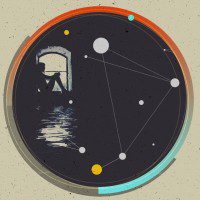
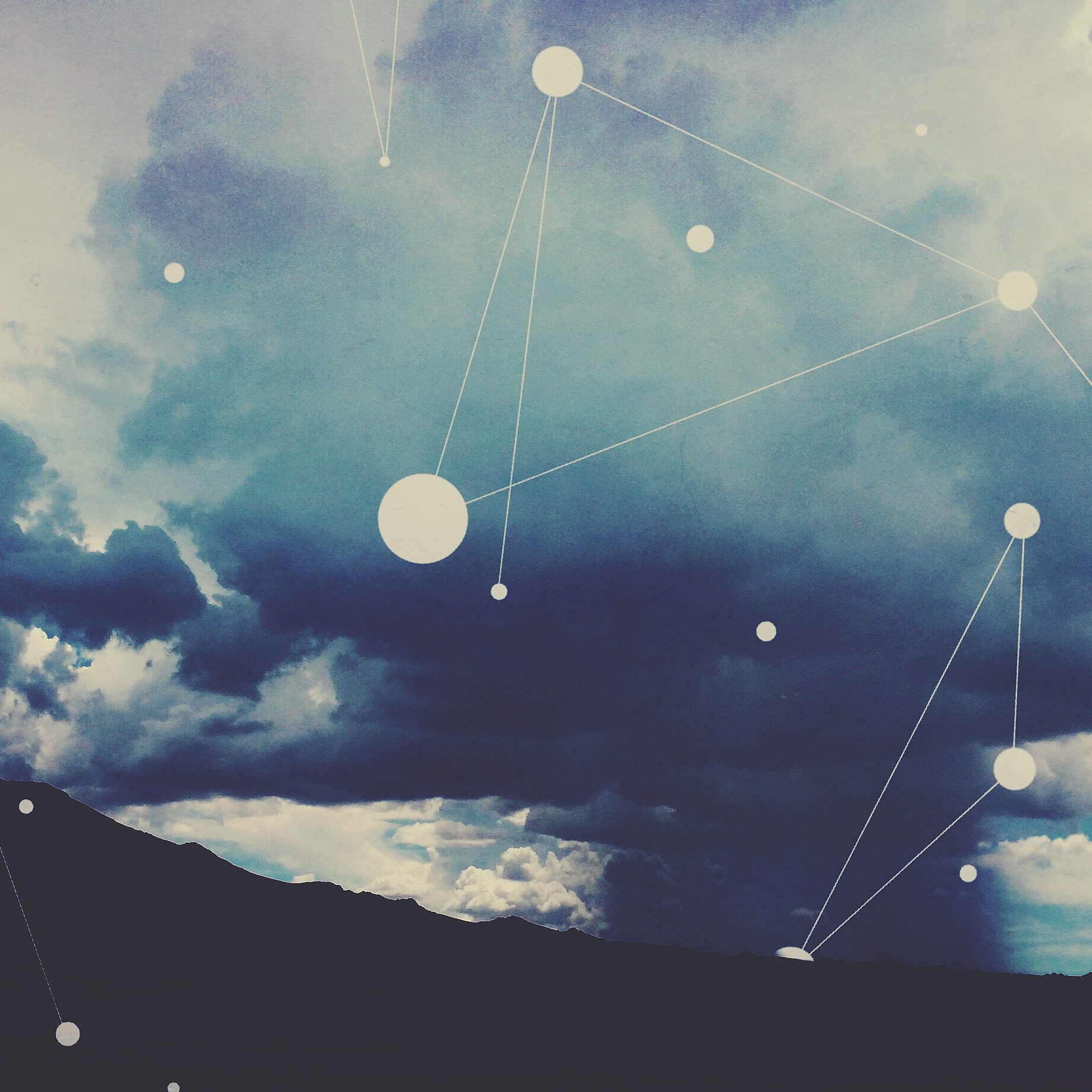
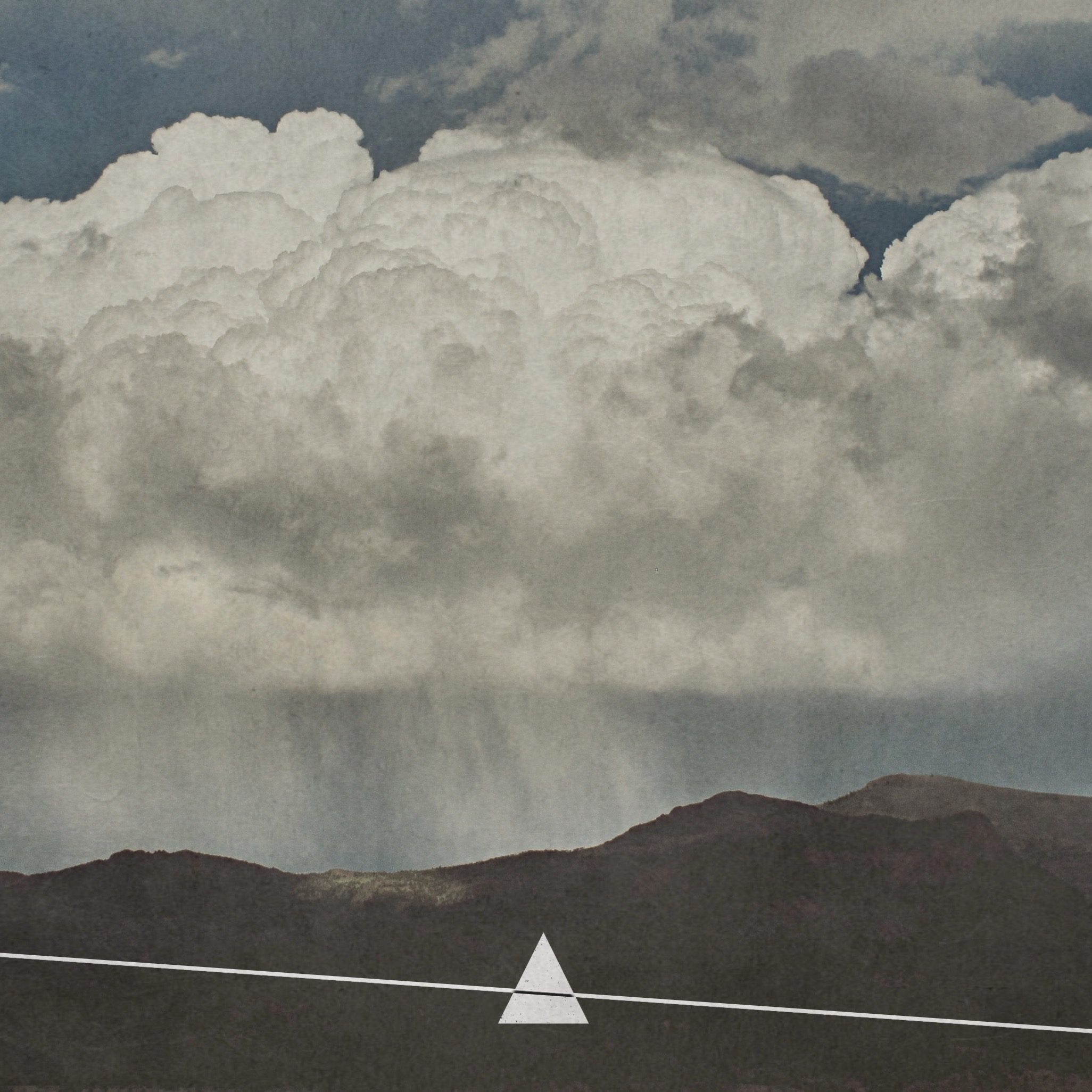
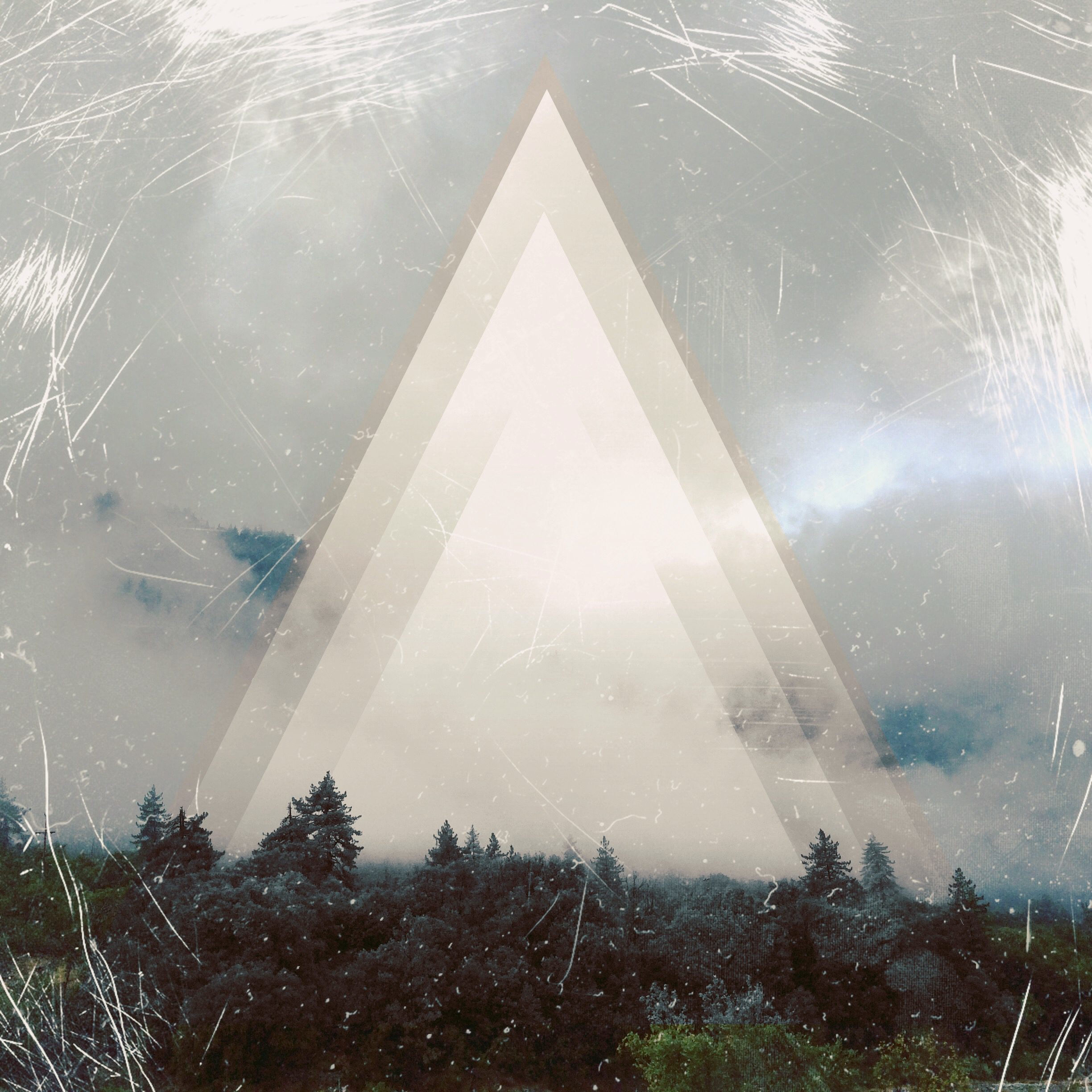
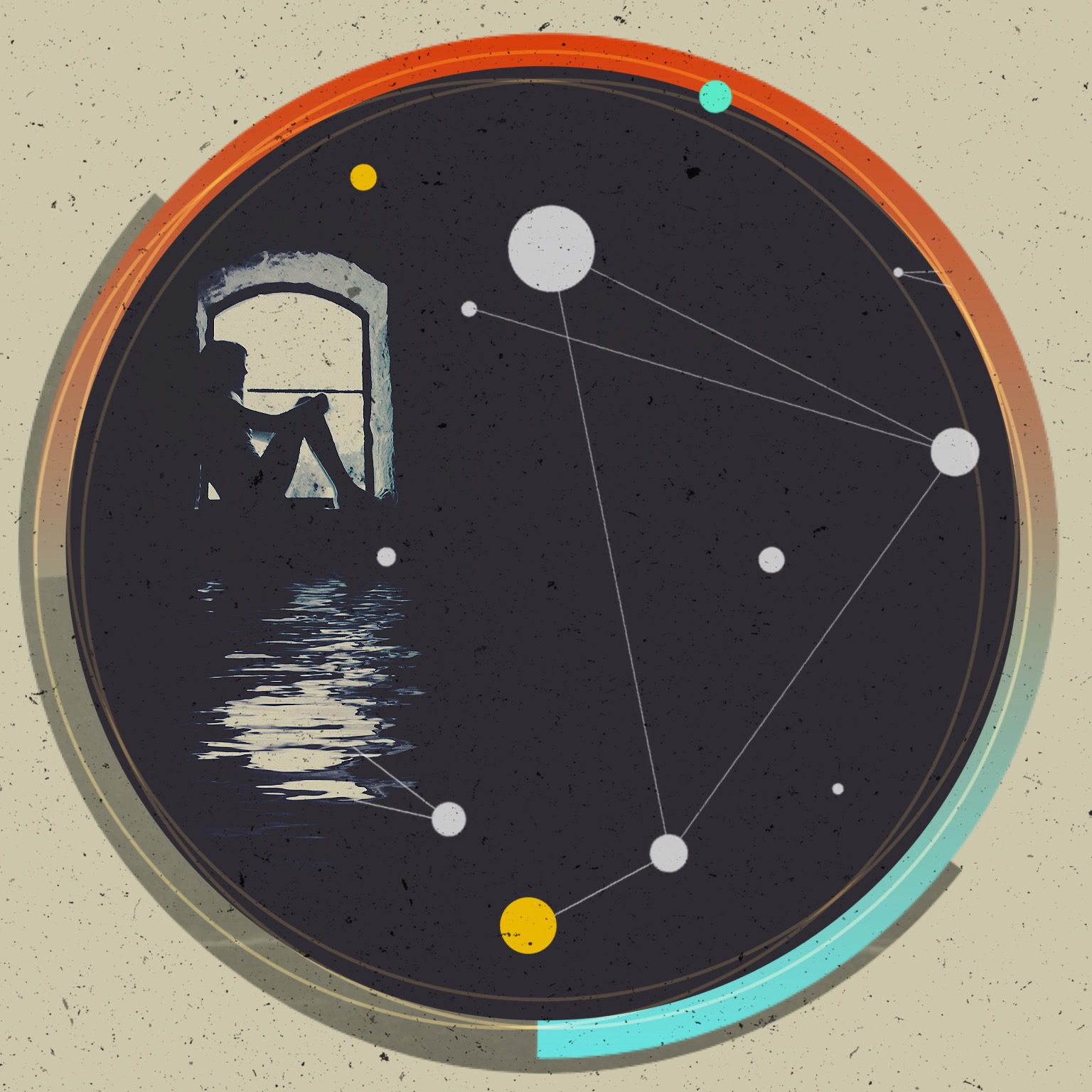




16 responses
So powerful, almost painful to read. Beautifully, beautifully written.
Sonya, Thank you. This is fabulous writing. Take a look at Mark Doty’s introduction to Alex Lemon’s book of poems called, “Mosquito”. Alex writes about the body in pain, Mark prefaces the book by talking about how language is undone by pain. I wrote a paper recently about language and illness. Have you read Toni Bernhard’s book How to be Sick? She’s a buddhist, former lawyer with chronic fatigue syndrome. She writes a blog, and has written two books. Your work is powerful.
You have my sympathy, for what that is worth. I had a bout of rheumatoid arthritis (or maybe rheumatic fever) at the age of six. It went away, but until I was in my early twenties, there would be a day per month of deep dull pain–not sharp like a blow on the ankle, just always there and difficult to ignore. Since then I have now and supposed that I have a high tolerance for pain, but a serious pain–a tooth, or an ear
infection–periodically tells me that No, I just haven’t had much lately.
Sonya,
I couldn’t stop reading, swept up in your powerful and beautifully expressed
narrative. Thank you.
Thank you so much for reading. Suzanne, thank you for recommending “Mosquito”–I will look for it. Toni Berhard’s work has been so helpful to me!
This was lovely – poignant and haunting, but lovely. It’s perhaps the best description of chronic pain I’ve ever read.
Amazing! If you do not mind, i want to share this post on my website. Thank you for sharing your story. Together we help eachother 😉â¤ï¸
This is gorgeous writing. Wow.
Dear Sonya, got your article through Liz Greenhill. Deeply moved by the power of your writing. Not sure if you familiar with Arnold Mindel’s work but your writing made me think of his book the Dreambody. Also: riding the horse backwards. And from same school: health in sickness, sickness in health, towards a process oriented medicine by Pierre morin. Thank you for the depth and beauty of your words. Niyati
Sonya,
Wow, you found a way to put the unspeakable into words.Gorgeous writing. I have been fighting a new diagnosis of fibromyalgia — you’ve expressed that sense of the body before and the body after, and how hard it is for others to understand that pain remakes you in its image. Thank you so much for this.
Kari, I’d be happy to have you share it as long as you credit the Rumpus. Thanks so much to everyone for reading. Niyati, I am so grateful for the reading recommendations–I have not heard of Dreambody. Thank you!
This was such a beautiful and moving piece. I loved it. I sent links to many friends and shared on social media. Looking forward to reading more of your writing, Sonya Huber.
Wonderful writing. I’m sorry you have been in so much pain for so long. Have you heard of a book called ” An Epidemic of Absence”? There are some unorthodox treatments out there for auto-immune disorders. I’m sure you know about them, just wanted to mention it. Thanks for the excellent writing.
Thank you for brilliantly putting into words what my life has also been like for the past 5 years. Sarcoidosis and fibromyalgia have robbed me of my pain-free body as well. I hope that sharing your post will help my family and friends finally understand this “new me” at least a little more.
My first creative writing professor, the mother-figure who gave me courage to be a writer, suffers from autoimmune disease. Reading this revealed to me so much about the meaning of all her sick days and “brain fogs,” her sore joints and her frustrated struggles to read and write. My love for, respect for, and awe of chronic pain sufferers like you and her just skyrocketed, especially as you still crawl your way through the pain to write and do what you love. Thank you for your beautiful thoughts, and for letting me into your world for a short while.
Thank you for reading and commenting! Will, I will definitely look into that book. Jennifer, I appreciate knowing that this might help share the experience with family. And E.M…. thank you.
Click here to subscribe today and leave your comment.